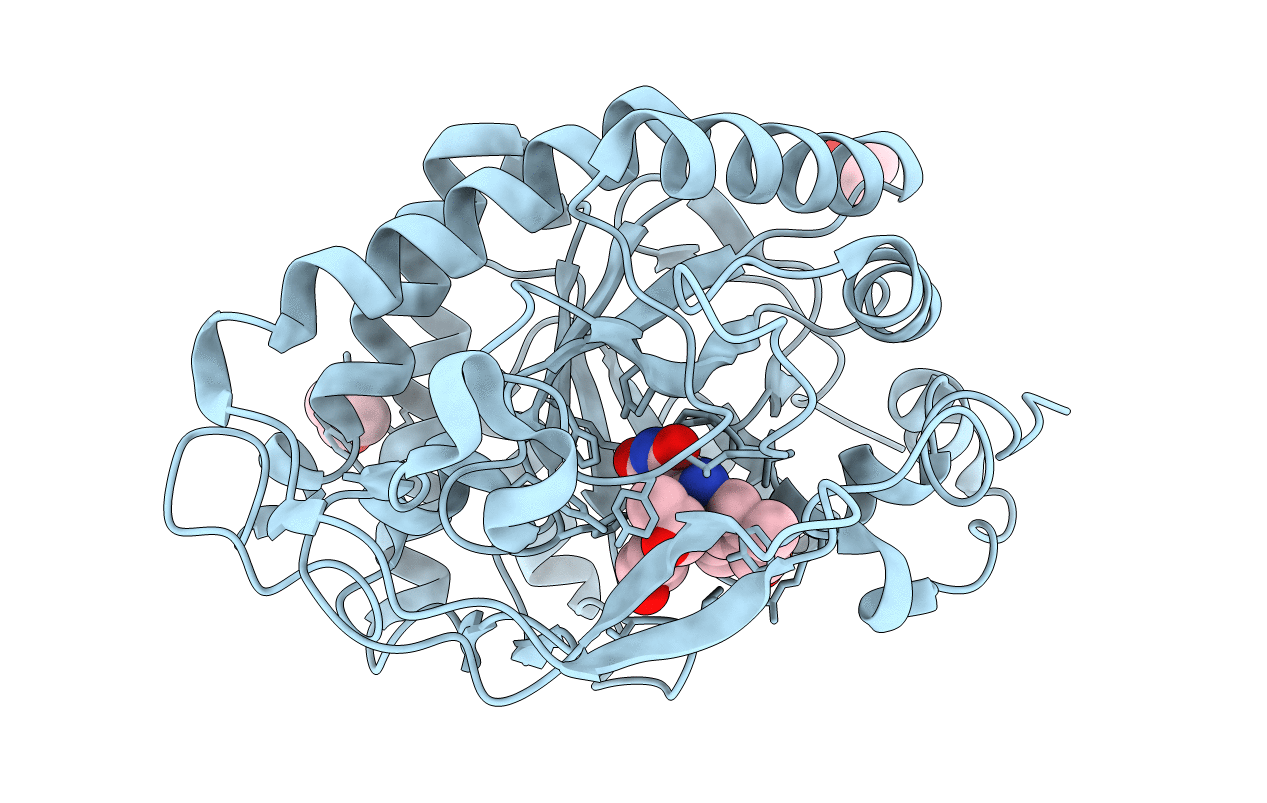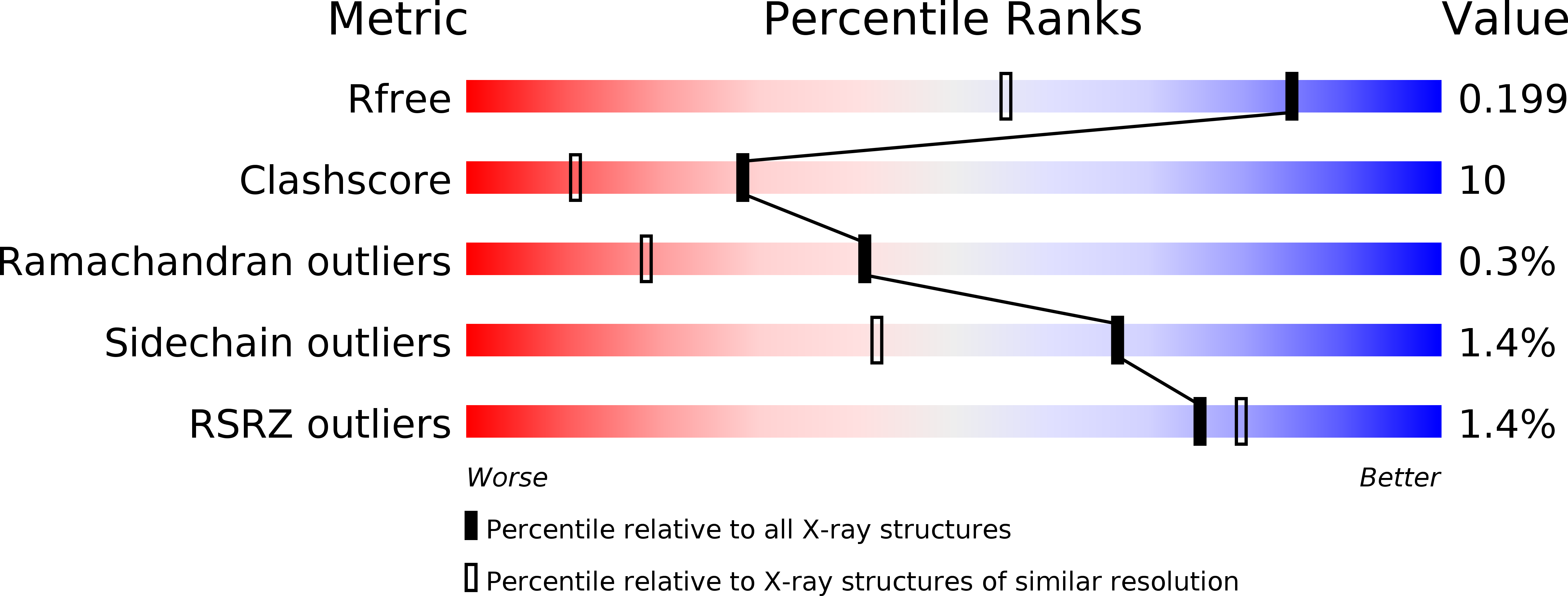
Deposition Date
2016-07-08
Release Date
2017-02-15
Last Version Date
2024-01-10
Entry Detail
PDB ID:
5LGX
Keywords:
Title:
Structure of Oxidised Pentaerythritol Tetranitrate Reductase
Biological Source:
Source Organism:
Enterobacter cloacae (Taxon ID: 550)
Host Organism:
Method Details:
Experimental Method:
Resolution:
1.50 Å
R-Value Free:
0.20
R-Value Work:
0.15
R-Value Observed:
0.15
Space Group:
P 21 21 21


